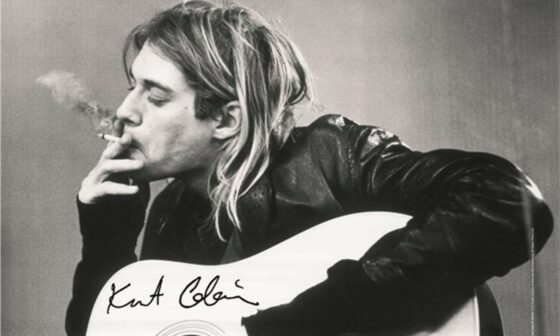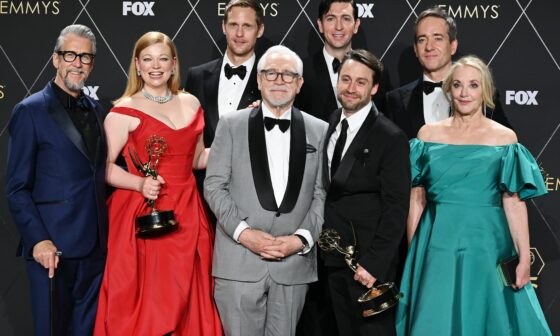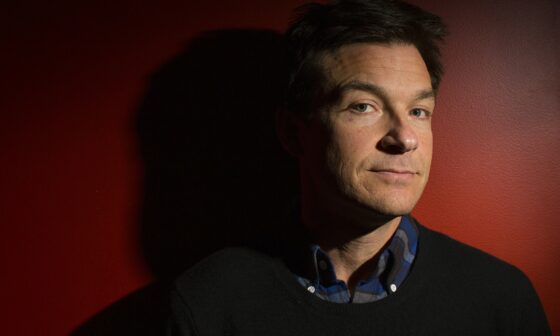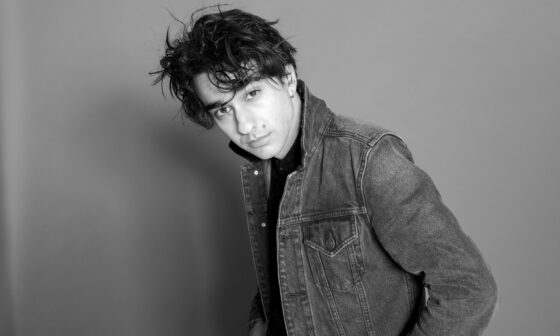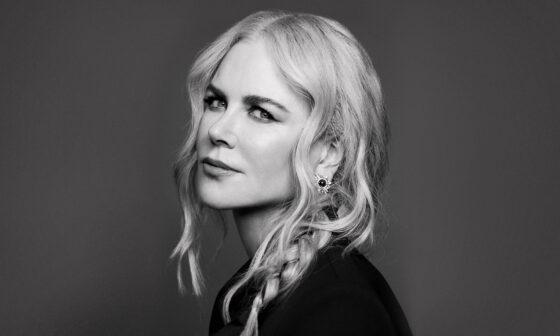True Detective’s second series, episode two opens with Detective Ray Velcoro (Colin Farrell) sat at the regular bar, speaking with a man in a police officer’s uniform, who is later revealed to be his father. Velcoro suddenly wakes up from what was a dream in extreme pain, discovering that the shotgun rounds that dropped him in the cliff-hanging climax of the previous episode were non-deadly buckshots that merely broke a couple ribs.
The episode picks up from where it left off, as Velcoro, Ani Bezzerides (Rachel McAdams) and Paul Woodrugh (Taylor Kitsch) proceed with their investigation and descend deeper into the California criminal underworld, unlocking doors that lead to scandalous corruption and mass prostitution. Whilst the mystery develops further, like the previous two episodes, the lead characters’ minds also unravel more than they already have.
As pressure mounts on Frank Semyon (Vince Vaughn), he hatefully suffers from erectile dysfunction and to add to his increasing headaches, one of his associates is found murdered, clearly by the same psychotic killer. Semyon is the second after Woodrugh to fail in the bedroom department, who in this third episode meets up with an old war-buddy, whom he had homosexual relations with whilst on active duty, which the now police officer seemingly regrets. Velcoro, who is now under investigation for corruption and murder, faces a custody battle with his wife over their son. The only stable character in the series so far is Bezzerides, but one would think she is moments from becoming precarious.
Semyon is the character that stands out and sparkles in the episode though. Semyon, who at the beginning of the series wanted to push himself out of attractive criminal lifestyle, begins to show his true colours as his stress increases. Thanks to Vaughn’s outstanding depiction of the businessman or cooperate gangster (whichever he is), he is quickly becoming one of the series’ much-loved anti-heroes.
Now the series is beginning to settle, the most noticeable aspect about the California-based crime thriller is how it revolves itself around mise-en scene, and essentially, the sprawling metropolis’ aesthetic. Although this was a feature certainly valued in the first series, there is seemingly a lot less dialogue in this one, and some scenes would last five-ten minutes even though they contain little conversing between characters. The overhead cinematography of the urban landscape – broadcasting congested traffic, rundown areas of criminality and the interchanging highways – illustrates the flavour of darkening underworld the characters have to live and work in.
It seems the protagonists are closing in on the killer, but the only thing that is stopping them from catching him/her efficiently, is their own psychological demons they must fend off.
#Peace.Love.TrueDetective



